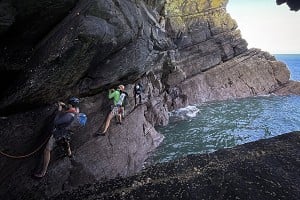
Reports of a violent confrontation and a temporary ban imposed on female climbers at a popular climbing and canyoning area in Iran raised eyebrows and voices on social media earlier this month. A video showed an individual attacking a group of canyoners in the recreational area of Dorcheh, near to the city of Isfahan and a pilgrimage site, who was angered by the participation of women.
Following the confrontation, Isfahan's mountaineering board banned women from local recreational sites in the interim as a precautionary measure, including Koohe Sefid sport crag, and encouraged female climbers to stick to indoor facilities instead until the situation is resolved. The local Friday imam — mistaking canyoners practising ropework for climbers — called climbing 'dirty work' and voiced disdain that "10 girls and 5 boys went rock climbing in cars". In his eyes, women were "intruders" in the space and the group was guilty of the Muslim crime of enjoining vice.
Since the 1979 Islamic Revolution, women in conservative Iran must adhere to the regime's laws on hijab - a mandatory dress code requiring women to cover their hair and bodies, which also refers to social segregation in public. An agency is tasked with enforcing Iran's Islamic code of conduct for women in public, ensuring that hijab is observed. Everyday activities such as riding a motorbike on the streets are also forbidden for women, while women's participation in cycling remains a controversial topic.
In 2016, three Iranian women spoke to UKClimbing.com about their experiences of climbing in their country for an article titled 'Pushing Boundaries'. While the mountains gave these women the freedom to express themselves away from conservative rules in civilisation and, counterintuitively, a level playing field of sorts where women could feel equal to men, indoor climbing and practising some outdoor activities independently of men were further out of reach. But in the eyes of Farnaz Esmaeilzadeh, Shirin Shabestari and Zohreh Abdollakhani, both the climbing opportunities available to women and girls and their level of personal freedom were trending in the right direction. Voices were beginning to be heard and listened to, discussions were had, doors were tentatively opened.
This latest incident in Dorcheh, five years on, would suggest otherwise and raises important questions: what's the state of women's climbing in Iran now? Are boundaries being pushed too far for some people's liking? To onlookers, the ban gives the impression that doors are slamming shut in the face of Iranian women once again, both in terms of the aggressor's attitude and the unilateral ban imposed by authorities.
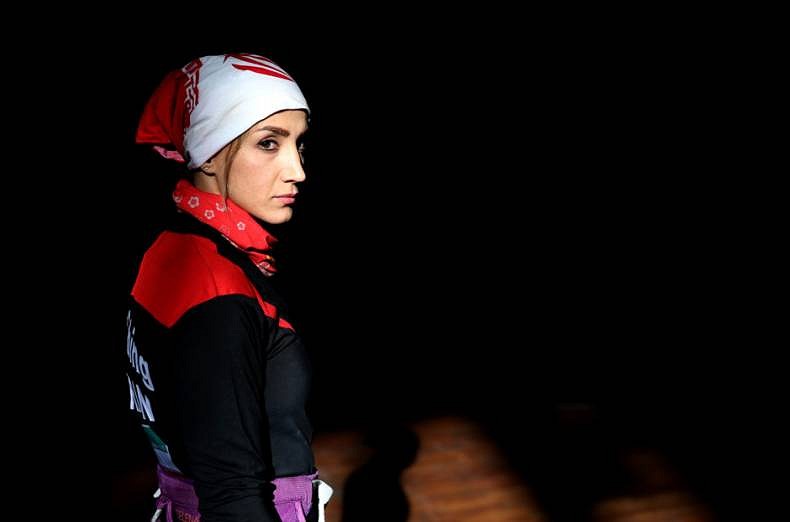
Farnaz Esmaeilzadeh, an Iranian national climbing team member with national and Asian championship titles to her name, spoke to local climbers to find out more about the Dorcheh incident. "Isfahan is a very small city with religious people," she explains. "There is a climbing area nearby with over 40 sport routes. Men and women are always climbing there freely, because the crag is at the top of the mountain and only climbers go there," Farnaz says. "But this class was held very close to the village, where one of the religious people forcibly stopped the class with violence. People have insulted climbers in this place many times before, but this time one of the group filmed the disrespectful treatment they received."
In the meantime, women have been relegated to indoor gyms, where no men can see them climbing. 'Women mountaineers and rock climbers cannot use the Dorcheh climbing site at the moment due to the sensitivities created, and they should go to Shahid Hariri Hall so that in the near future we can use the Dorcheh municipality using a new route and space,' the Isfahan Mountaineering board stated. "Instead of solving the problem or securing the area, they banned women from climbing there," Farnaz continues. "This is very unfair and the problem is that from now on, women will not feel safe to practise sporting activities at that site."
The Iran Mountaineering & Sport Climbing Federation shared a statement from the Isfahan Mountaineering Board expressing its support for female climbers, offering legal assistance to those involved in the incident and condemning the actions. The board is planning a new access route to the activity sites in the area alongside local governers and imams to create more separation between climbers, canyoners and local residents or pilgrims visiting the nearby cultural centre and Tomb of Unknown Martyrs.
In a letter to the head of the board, deputy head Fatemeh Eftekhari criticised his response. "Restricting the training of women rock climbers in nature is a clear example of punishing athletes and confirming all recent accusations," Ms. Eftekhari wrote, quoted on BBC Persian's Instagram. "If you cannot support athletes, you should avoid narrowing the field for women."
For a growing number of Iranian women, mountains and mountaineering are providing an escape from the restrictions of city life, away from the disapproving gaze of conservatives. In 2003, mountaineering ranked as the most popular women's sport in Iran, ahead of volleyball, karate, netball and football. 'Down in the city, I was a girl being treated differently,' Shirin Shabestari, an Iranian climbing instructor living in London, told UKC in 2016. 'When I went to the mountains with my Dad, I felt like an equal. The mountains suddenly offered a whole different world. A world where it was okay to let the scarf slip. To let the wind magically blow your hair around.'
Outside of the societal sphere of strict observance and far from judgement, women can mix freely with men and - quite literally - let their hair down, if they so choose. For some Iranian women, wearing hijab in order to be able to climb is a price they are willing to pay to avoid attracting attention and trouble. "You have to pick your battles," one female climber said in response to the Dorcheh incident.
Imams have frequently intervened in women's access to sporting activities. Even as spectators of sport in Iran, women have historically been sidelined and prayer leaders have influenced decisions. Up until 2019, women were prohibited from attending football matches in Iran. Some women disguised themselves as men in order to gain entry. Recently the ban on Iranian women's entry to football stadiums was lifted for the first time in 40 years. FIFA ensured that Iranian women could attend football matches and in October 2019, over 3,500 women entered the Azadi Stadium for a World Cup qualifier match, but as a general ban on national games remains, it was a symbolic victory.
In a fortunate twist of fate, high participation rates in women's sport has proven to be a silver lining of the heavy cloud of segregation that women are subjected to in Iran. The country has pioneered Muslim women's sport as a result of organised women's specific coaching and the consequent inclusivity and visibility that this provides. Paradoxically, relaxation of rules surrounding participation in sport by women has only been achieved through adhering to segregation and strict veiling policies.
But segregation nonetheless brings one-sided restrictions. For an Iranian woman partaking in a growing minority sport such as indoor or ice-climbing, segregation by sex initially not only resulted in limited access to facilities, but also a lack of women — and men — to climb with and train alongside. Climbing walls, like many sports facilities in Iran, typically have separate and limited hours of access for women, with some exceptions in more progressive cities. Thankfully, the landscape is changing. "In big cities like Tehran, climbing is getting more and more popular," Farnaz explains. "The number of climbing gyms is increasing and in some of them men and women can climb together." This boom in facilities and increased visibility of sportswomen in Iranian society has in turn encouraged more women to try their hand at climbing. "Access to more climbing clubs with improved facilities compared to previous years has become far easier," Farnaz adds.
Female climbers must obey the dress code by wearing long, loose garments and covering their hair, made more practical in recent years with the design of technical sports headscarves, which has enabled women to compete in events alongside men in both national and international events. 'The type of clothes we wear in competitions has improved a bit," Farnaz says, "but there are still some limitations that need more education and awareness to improve upon."
Koohe Sefid's proximity to a conservative town, where women wear black veils and rarely engage in physical and social activities, complicates the tensions that exist between those visiting the area for sports and the village's inhabitants. "The issue that happened in Isfahan is not common, but sometimes there are bad apples everywhere," Farnaz says. "Since women's sport is not covered on TV, no wonder people find it strange to see women climbers."
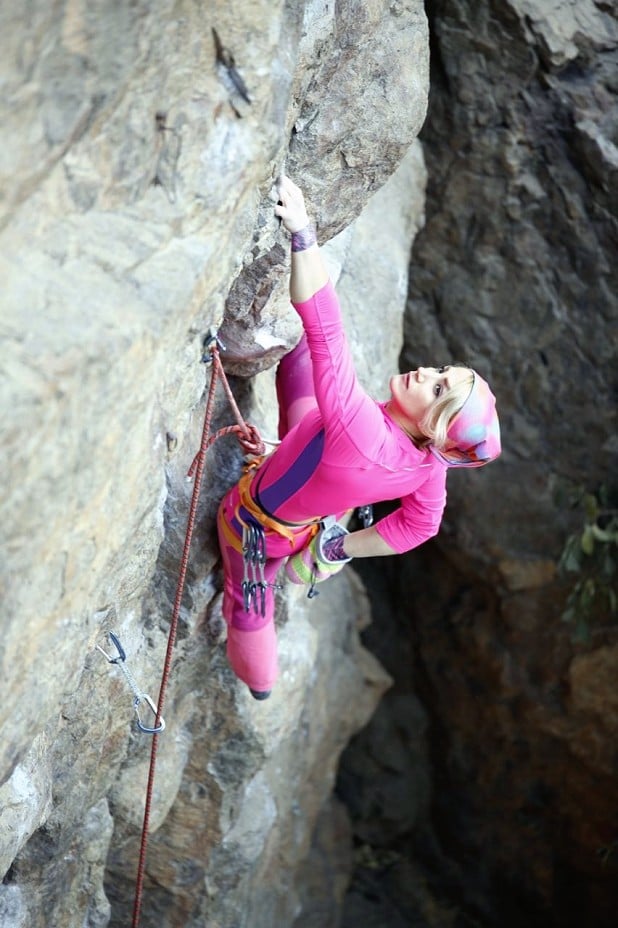
The recent incident is not a regular occurrence, especially at crags located further from settlements, but it is just one manifestation of the many unequal restrictions, laws and punishments that affect Iranian women nationwide. Sport as a means of emancipation and fulfilment plays a key role in instilling a sense of purpose and self-confidence in young Iranian women.
"Of course hearing this latest news about the women's climbing ban from Iran is really sad," says Farnaz, who is currently living and working in Canada. "Personally I experienced many of these issues, but the bright side is that the younger generation are more educated and aware of their human rights, so the situation is getting better each year, but it still requires more work in some aspects," she explains. "I was fortunate to be able to try hard and live in other countries, seeing more, knowing more and fighting for my athletic and life goals. Through being able to train more in France, Italy and other places I learnt a lot."
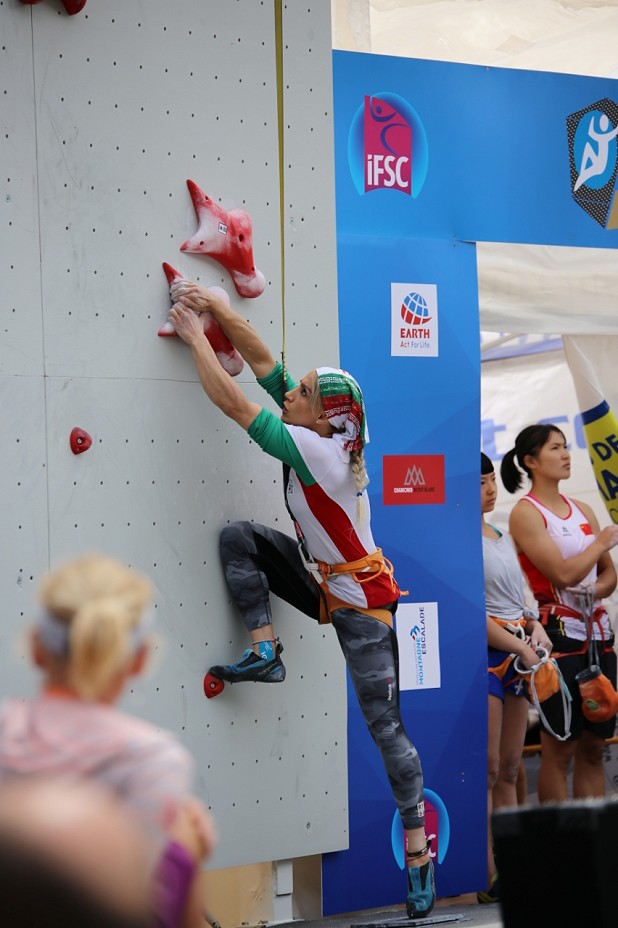
Farnaz moved to Canada to work as a senior coach and routesetter in Toronto. Her achievements to date include breaking the Iranian women's speed climbing record, top-10 finishes in IFSC World Cups and winning an Asian Championship title in 2013. Farnaz's ambition for 2020 was to compete in IFSC World Cups once again, but the pandemic put that goal on hold. "My current goal is making progress in life, coaching, setting and my personal climbing career," she says. "I would also like to join IFSC World Cups as a setter later on. In addition to my own climbing, I am still supporting the athletes I coach in Iran and helping them with training plans."
According to Iranian news outlets, the Dorcheh perpetrator faces prosecution and solutions to regaining access to the area for women are under discussion. Exclusion of women at crags may be rare, generally occurring in the liminal spaces in what is gradually becoming a more progressive society, but it is nonetheless an illuminating example of a clash of ideologies between young and old, liberal and conservative and urban and rural communities. Climbers will likely have to take a different approach to the crag in future. Meanwhile, Farnaz and her fellow female climbers will continue to pick their battles as women in Iran make two moves up and one down on their slow and incremental climb to emancipation.
- ARTICLE: Nuts Museum: The Frenchman who collects Trad Climbing Gear 7 May
- SKILLS: Top Tips for Learning to Sport Climb Outdoors 22 Apr
- INTERVIEW: Albert Ok - The Speed Climbing Coach with a Global Athlete Team 17 Apr
- SKILLS: Top 10 Tips for Making the Move from Indoor to Outdoor Bouldering 24 Jan
- ARTICLE: International Mountain Day 2023 - Mountains & Climate Science at COP28 11 Dec, 2023
- ARTICLE: Did Downclimbing Apes help Evolve our Ultra-Mobile Human Arms? 5 Dec, 2023
- ARTICLE: Dàna - Scotland's Wild Places: Scottish Climbing on the BBC 10 Nov, 2023
- INTERVIEW: Loki's Mischief: Leo Houlding on his Return to Mount Asgard 23 Oct, 2023
- INTERVIEW: BMC CEO Paul Davies on GB Climbing 24 Aug, 2023
- ARTICLE: Paris 2024 Olympic Games: Sport Climbing Qualification and Scoring Explainer 26 Jul, 2023



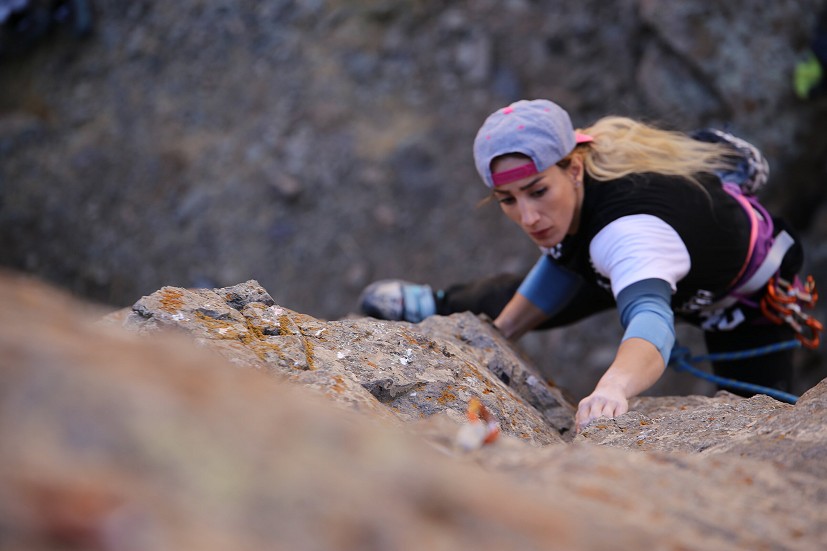

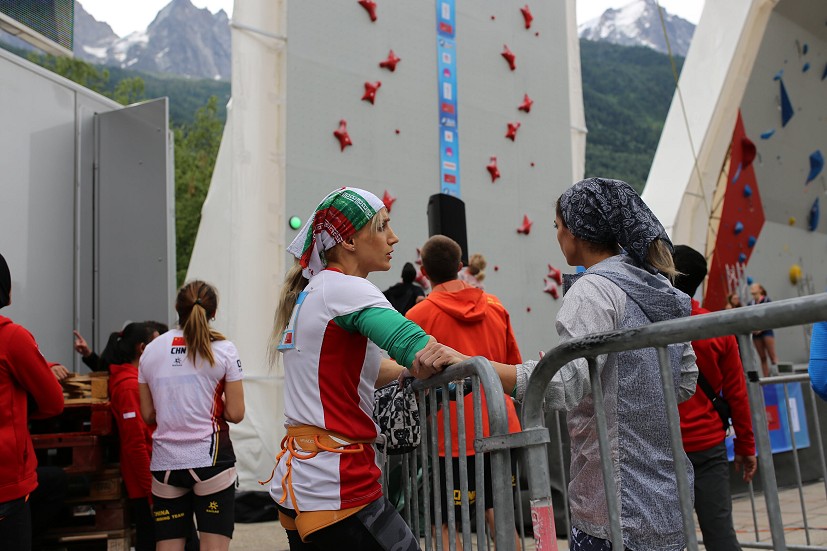
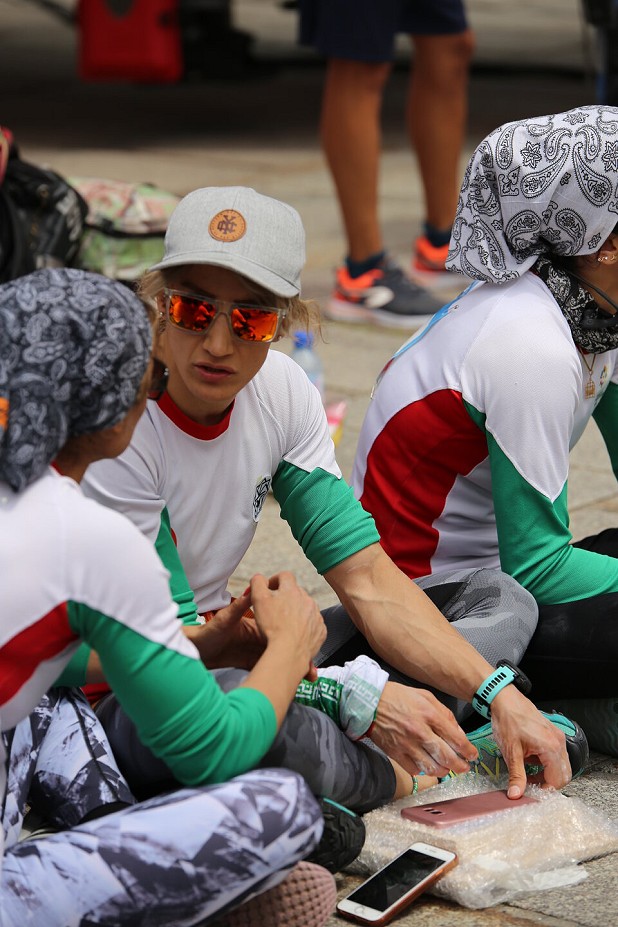
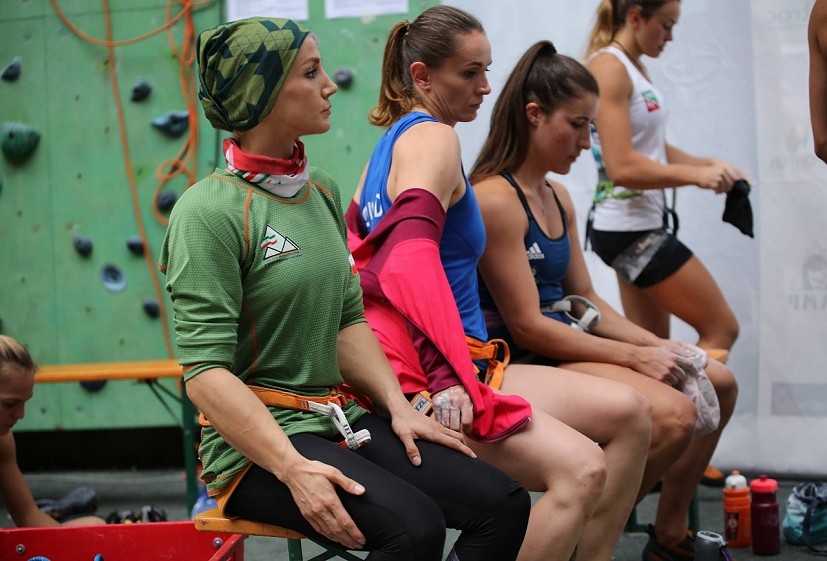

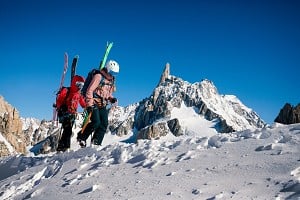
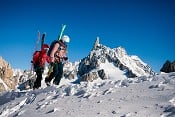
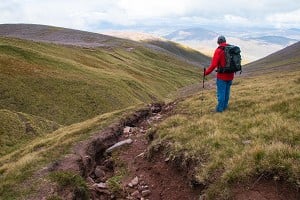

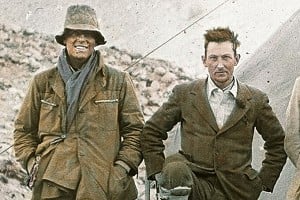







Comments
Good luck with that. Thanks for the article though. Wouldn't it be safer to disable comments completely?
Great article - a very interesting read.
Hopefully it's a case of "slow and steady pace", I don't think in Iran we're likely to see a sudden culture shift, but as the newer generations come through, hopefully conservative opinions are shifted further to the background - although sadly the state leaders will likely continue to panda to the conservative masses whilst they can.
It's very difficult when a country's religious, social, economic and political culture propagates what many other cultures would see as the oppression of women.
Are you sure you didn't mean "propagates what many other cultures would see as even more oppression of women that their own."?
Quite sure, yes.